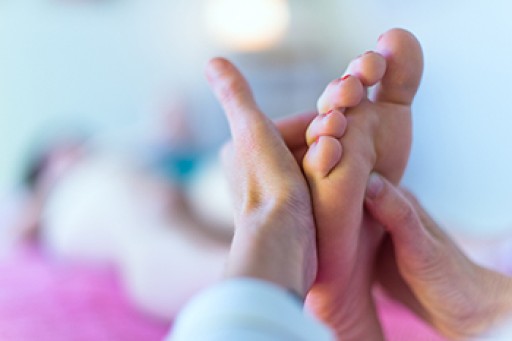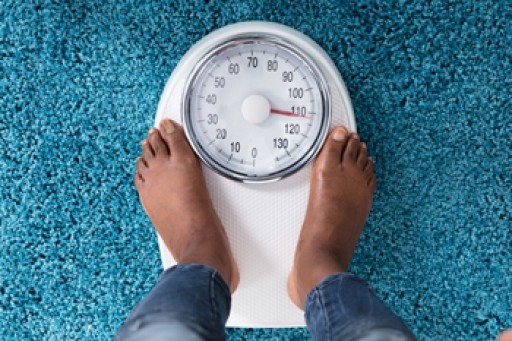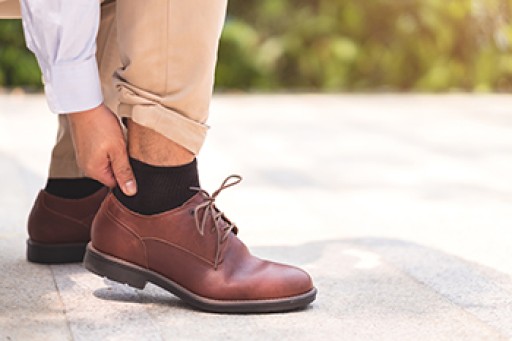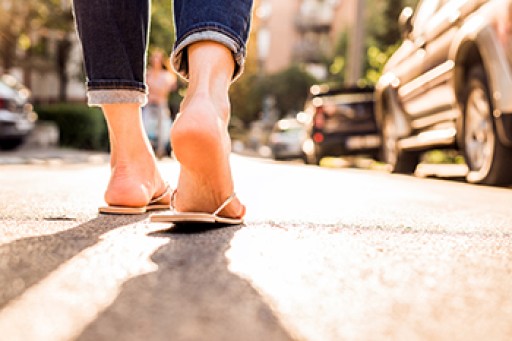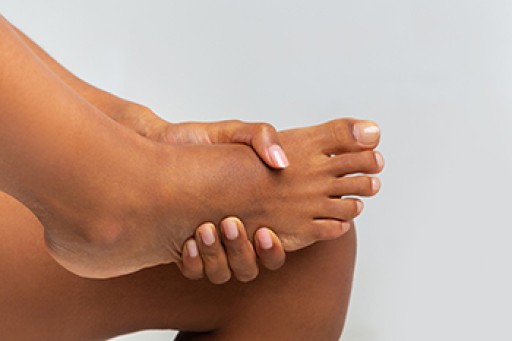
A popular type of foot therapy is a foot massage. Many people enjoy the benefits foot massages can provide, including a feeling of general well-being and improved health. When a foot massage is performed, pressure is applied by the hands to more than 7000 nerves and this can help to release energetic blockages in the body. Additional benefits of getting a foot massage may include improved circulation, a reduction in stress levels, and cell growth and repair may be accelerated. There are specific areas of the foot that are linked to organs. For example, the outside of the right foot connects to the liver, the sole of the foot links to the kidneys, and the head and face are controlled by the reflexology points in the toes. If you would like to have additional information about foot massages, it is suggested that you confer with a podiatrist who can answer any questions you may have.
Foot therapy is often necessary for those recovering from either foot deformities or foot injuries. If you have concerns regarding therapy, consult with one of our podiatrists from Lewis Wolstein, DPM, P.C. & Associates. Our doctors can provide the care you need to keep you pain-free and on your feet.
Most Common Injuries
People who are active or athletes are prone to a variety of injuries. Therefore, it is often important to take part in physical therapy in order to quickly get back on the right track.
What to Do When Injured
Physical Therapy – This specialized treatment will focus on the affected area, speeding up recovery and the overall healing process. It is a proven method that has helped millions of people return from any injury.
During physical therapy you will undergo regimented training to get back into full form. Training is often very difficult, especially at first when the foot feels weak. Physical therapy often involves:
Basic stretching and twisting exercises – getting the feet’s mobility and flexibility up.
Massaging – the therapist will massage the injured area in order to activate the muscles and relax them.
Strengthening Exercises – this allows the muscles in the affected area to regain their full strength, a vital step towards full recovery.
If you have any questions please feel free to contact our office located in Co-Op City, NY . We offer the newest diagnostic tools and technology to treat your foot and ankle needs.
